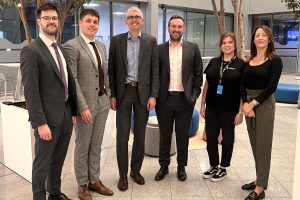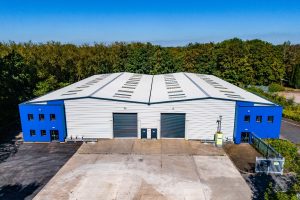X-Ray imaging firm in £660k osteoporosis study

A STOCKPORT company is working with on a £600,000 study to help detect the early signs of osteoporosis.
Optasia Medical of Cheadle, a specialsit in X-Ray imaging software, is working with the University of Manchester and Central Manchester University Hospitals NHS Foundation Trust to develop a software tool which automatically searches medical images for early signs of the bone condition.
The research has been funded thanks by a £660,000 from the Department of Health and the Wellcome Trust through the Health Innovation Challenge Fund.
Osteoporosis affects 1 in 2 women and 1 in 5 men over 50 and treatment of hip fractures mostly caused by it, will cost £2bn n in the UK by 2020. The condition means patients have too little bone and are more prone to suffering fractures particularly in the spine, wrist and hips.
Professor of Imaging Tim Cootes, from the Institute of Population Health based at The University of Manchester, and his team have developed a world-leading technology that locates and analyses bones in medical images, and in particular spine fractures.
The new funding will allow them to work with NHS and Optasia Medical to make it possible for computers to search for fractures in the spine. The system will be fully automatic and integrated with radiography equipment used in hospitals.
The software will be developed in conjunction with Optasia Medical and piloted at Central Manchester NHS Foundation Trust. If successful it will be rolled out worldwide.
Dr Anthony Holmes, chief executive of Optasia Medical, said: “An osteoporotic vertebral fracture doubles the risk of future hip fracture, and yet they are hugely under-diagnosed and under-reported. We’re excited to be collaborating with world-leading academic and clinical partners in addressing this enormous problem.”








